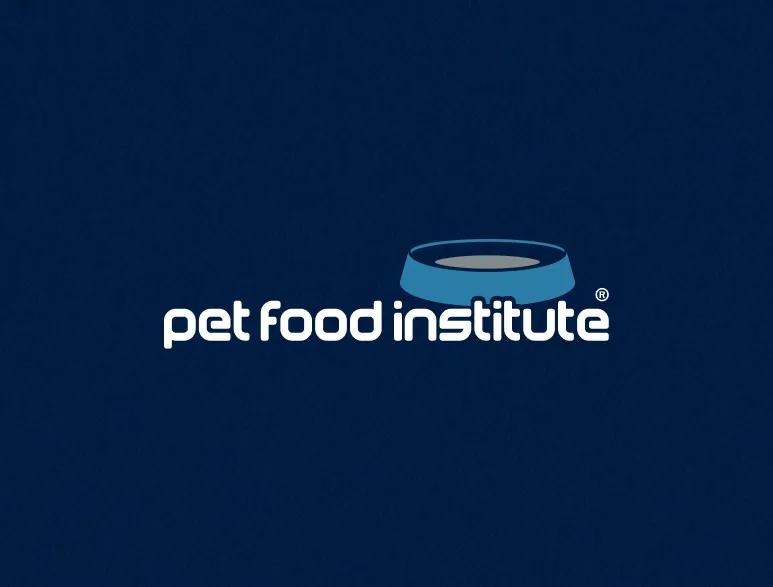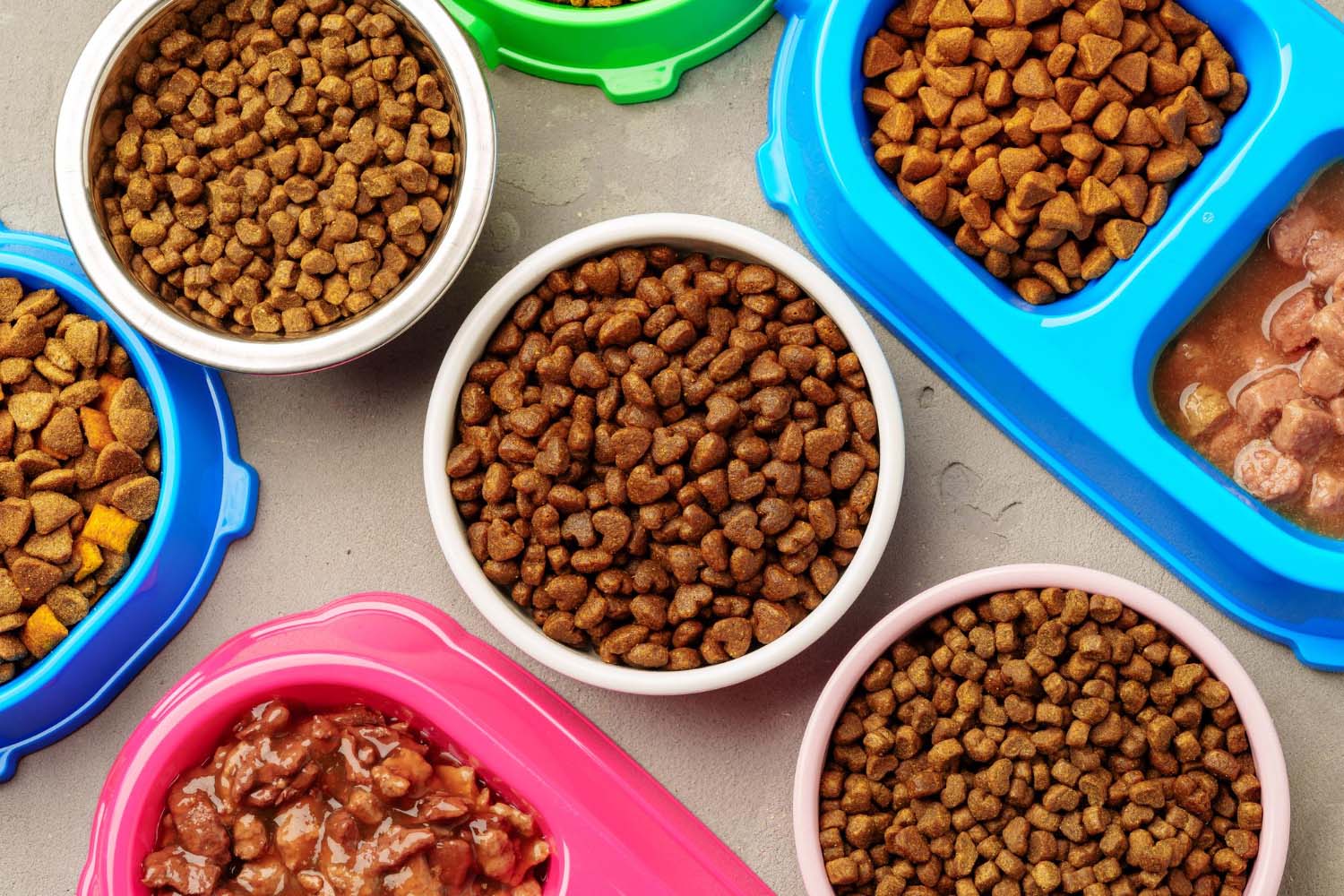Join the Pet Food Institute (PFI) as we continue our look at pet food, from A to Z.
Pet food makers work to develop food recipes for dogs and cats that provide essential nutrients in the proper amounts. These nutrients, including vitamins, essential fatty acids, proteins and amino acids, and minerals, help support a pet’s well-being and keep them healthy. Below, we explain more about the essential minerals required in a dog or cat’s diet and the role these nutrients play in helping pets thrive.
What are essential minerals?
Essential minerals are minerals that pets can’t make in their body and must be provided in their food in order to stay healthy. The essential minerals for dogs and cats can be divided into two separate categories: macrominerals and trace minerals. Macrominerals are required in larger quantities than trace minerals in a pet’s diet and are found in greater amounts in a pet’s body. The macrominerals recognized as essential to a pet’s diet at certain amounts are calcium, phosphorus, sodium, magnesium, potassium and chloride.
Trace minerals in a pet’s diet are required in very small amounts. Iron, zinc, manganese, iodine, selenium and copper are trace minerals that must be included in a pet’s food[1].
What purpose do minerals play in pet nutrition?
Both macro and trace minerals serve different roles in pet health and support a range of body functions that help pets remain healthy, active and strong. For dogs and cats, some of the main functions that minerals perform include bone development, nerve and muscle function, balancing of fluid in cells, thyroid function, skin and coat maintenance and red blood cell production. Visit our interactive infographic on Dog Nutrition from Nose to Tail and Cat Nutrition from Whisker to Paw to see even more details.
Some minerals work together to support numerous body processes in dogs and cats and help maintain a pet’s overall health. An example of this is calcium and phosphorus working together in the body to support bone development.
An intake of too few minerals, as well as an excess of minerals, can cause health issues for pets. For example, an excessive amount of calcium can negatively impact the skeletal development of large breed puppies[2].
How do pets get minerals?
While minerals are found in many pet food ingredients, it is critical that pets receive the appropriate amounts and in the proper ratios in their diet. Therefore, they may also be added to dog or cat food through what is called a “premix,” or a blend of carefully measured minerals that is complementary to the minerals provided through ingredients. They are added in very small amounts to the overall pet food recipe but can account for close to half of the ingredients listed on the pet food label. The mineral content of a dog or cat food recipe will also be shown through the term “ash” or “crude ash.” This term does not mean that ash is added to pet food, but rather indicates the inorganic materials that would be left if the food would be burned away.
As pet owners consider a homemade diet for their dog or cat, it’s important to note that many homemade recipes available on the internet do not provide complete and balanced nutrition. An analysis of 100 different homemade recipes for dogs or cats found that every diet failed to meet the nutrient requirements recommended by veterinary and animal nutrition experts[3]. Importantly, this analysis showed that it is often minerals that our dogs and cats need for their health and well-being that were in short supply.
Commercially-available pet food that is labeled as “complete and balanced” will include the essential macro- and trace minerals in the proper amounts. These recipes are formulated on the nutrient profiles published by the Association of American Feed Control Officials (AAFCO), which includes not only essential minerals but also essential vitamins, fatty acids and amino acids for dogs and cats[4].
Learn more about the nutrients your cat or dog needs and the roles they play within your pet’s body.
[1] National Research Council. Nutrient Requirements of Dogs and Cats. The National Academies Press, 2006.
[2] Voorhout, G. & Hazewinkel, H. 1987. A radiographic study on the development of antebrachium in Great Dane pups on different calcium intakes. Veterinary Radiology 28:152-157.
[3] Pedrinelli, V., Zafalon, R., Rodrigues, R., Perini, M. P., Conti, R., Vendramini, T., de Carvalho Balieiro, J. C., & Brunetto, M. A. (2019). Concentrations of macronutrients, minerals and heavy metals in home-prepared diets for adult dogs and cats. Scientific reports, 9(1), 13058.
[4] Association of American Feed Control Officials (AAFCO). 2017 Official Publication.



